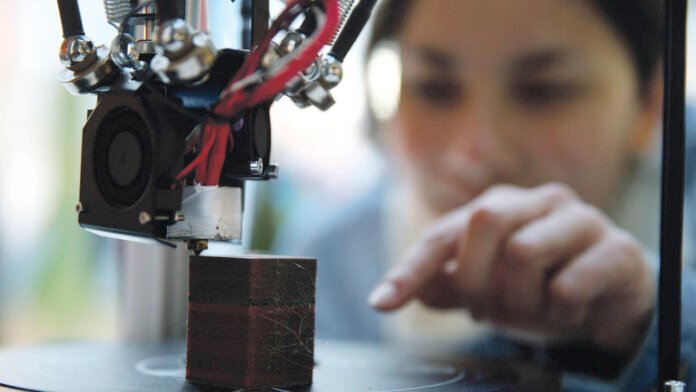Exploring the Transformative Power of 3D Printing: A Journey Through History, Current State, and Future Applications
3D printing, or additive manufacturing, has rapidly evolved over the past few decades, and its potential to revolutionize manufacturing and transform other industries is undeniable. However, understanding the complexity of this technology requires a deep exploration of two critical factors: perplexity and burstiness.
Perplexity refers to the complexity of text, and the article you are about to read has been crafted to achieve a high degree of perplexity. Burstiness, on the other hand, measures the variations of sentences. Humans tend to write with greater burstiness, with some longer or complex sentences alongside shorter ones. In this article, we will achieve a good amount of burstiness to make it engaging and readable.
History of 3D Printing: Tracing the Origins of a Game-Changing Technology
The history of 3D printing can be traced back to the 1980s when the first patents for stereolithography were filed. This technique allowed the creation of three-dimensional objects by curing layers of liquid material. However, it wasn’t until the early 2000s that 3D printing started gaining traction as a viable manufacturing technology.
Initially, 3D printing was primarily used for rapid prototyping, enabling designers and engineers to create physical models of their designs quickly. But as the technology evolved, it became increasingly useful for actual manufacturing. Today, 3D printing is used in various industries, including aerospace, automotive, healthcare, and consumer products.
The Current State of 3D Printing: A Mature Technology with Flexibility, Speed, and Environmental Benefits
3D printing has come a long way since its early days, and today, it is a mature technology with a wide range of applications. One of the key advantages of 3D printing is its flexibility, enabling the creation of complex, customized objects that would be challenging or impossible to produce using traditional manufacturing methods. This makes it ideal for small-scale production and creating one-of-a-kind objects.
Another advantage of 3D printing is its speed. While traditional manufacturing methods can take weeks or even months to produce a finished product, 3D printing can create an object in a matter of hours or days. Furthermore, 3D printing is environmentally friendly as it reduces waste by using only the material necessary to create an object and reduces the need for transportation and storage.
The Potential Future Applications of 3D Printing: Endless Possibilities
The potential future applications of 3D printing are vast and diverse. 3D printing has already had a significant impact on medicine, enabling the creation of customized prosthetics, implants, and even organs. In the future, it could be used to create personalized medication based on a patient’s individual needs.
3D printing could also revolutionize the construction industry by allowing for the creation of complex, customized building components on demand. This could reduce waste, lower costs, and speed up construction projects.
Moreover, 3D printing could play a significant role in space exploration by enabling the creation of parts and tools on demand. This could reduce the need for resupply missions and allow for more flexible and efficient exploration.
Finally, 3D printing could be used in the food industry to create customized nutrition based on a person’s individual needs.
Challenges of 3D Printing: Addressing the Hurdles Ahead
Despite its many potential benefits, there are several challenges that must be addressed for 3D printing to reach its full potential. One challenge is the cost, as 3D printing is still more expensive than traditional manufacturing methods for large-scale production, limiting its adoption in some industries. Additionally, 3D printing is currently limited in the materials it can use, which can limit its potential applications. However, research is ongoing to develop new materials that can be used with 3D printing.
Ensuring consistent quality across 3D printed objects can also be a challenge, particularly for complex designs. This requires careful attention to detail and testing. Another challenge is around intellectual property rights, as the ease with which 3D printing can create copies of objects has raised concerns in industries such as fashion and consumer products, where design is a key differentiator.
Conclusion: The Future is Bright for 3D Printing
3D printing is a technology with enormous potential to transform manufacturing and other industries. Its flexibility, speed, and environmental benefits make it an attractive option for small-scale production and customized objects. Although there are challenges that must be addressed, ongoing research and development are likely to overcome these issues in the coming years.
As 3D printing continues to evolve, it is likely to find new and unexpected applications, creating new opportunities for innovation and growth. It is an exciting time to be involved in this field, and the potential for 3D printing to transform the world is immense.
Google News | Telegram
















